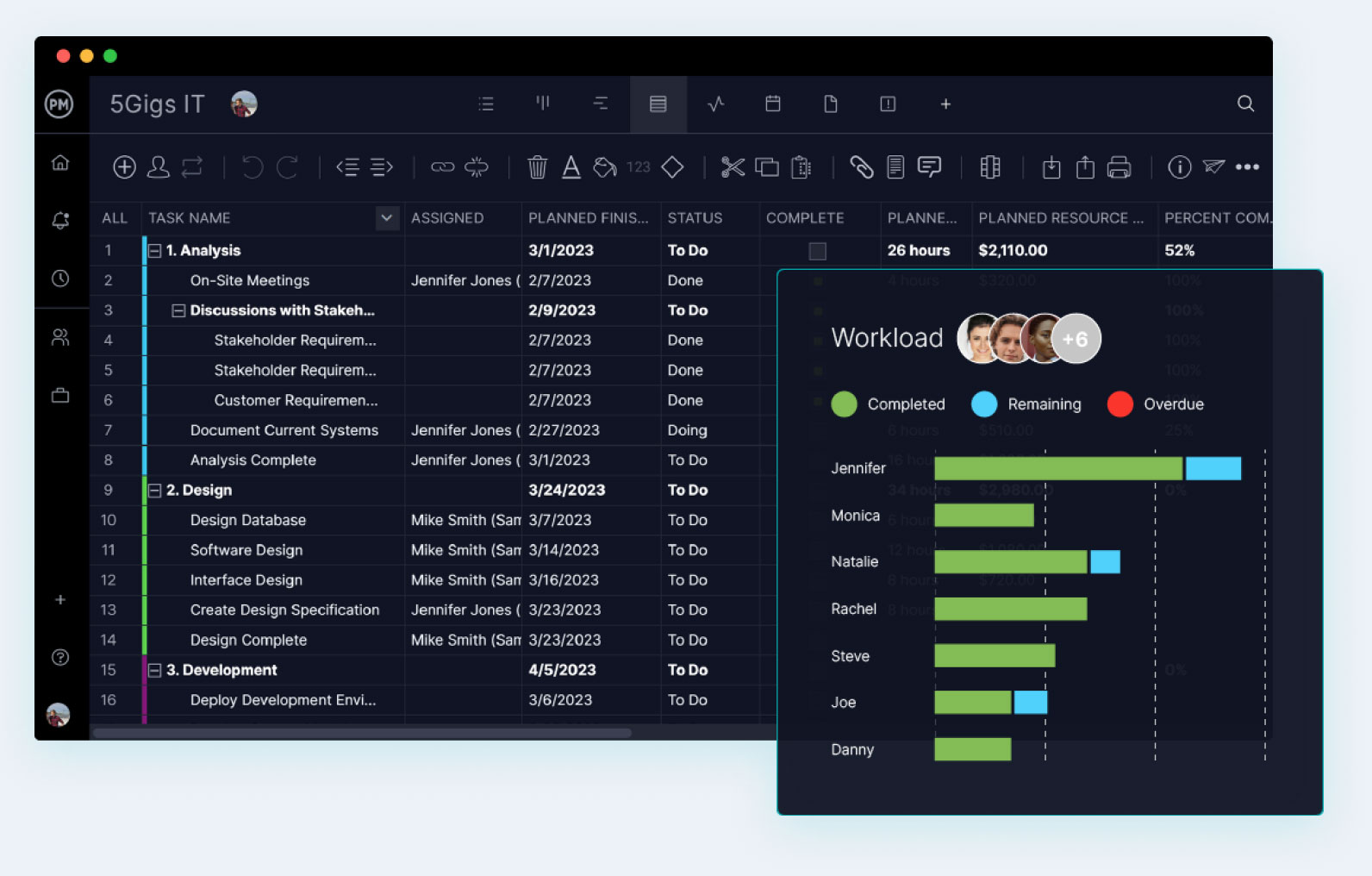- What Is a Project Stakeholder?
- Internal & External Stakeholders
- What Is Stakeholder Management?
- What Is a Stakeholder Management Plan?
- How to Make a Stakeholder Management Plan
- Project Stakeholder Management Video
- Stakeholder Management Process
- How ProjectManager Helps with Stakeholder Management
- Stakeholder Management Templates & More
What Is a Project Stakeholder?
A stakeholder is an individual, group or organization that is impacted by the outcome of a business venture or project. Project stakeholders, as the name implies, have an interest in the success of a project, and can be internal or external to the organization that is sponsoring the project.
Related: 10 Free Stakeholder Management Templates for Excel & Word
Stakeholder relationships can have a positive or negative influence on your project life cycle, so you’ll need to identify your key stakeholders and create a stakeholder management plan to meet their requirements.
Keeping track of your key stakeholders with project management software is a great way to stay on top of things and ensure your project stakeholders remain satisfied and productive.
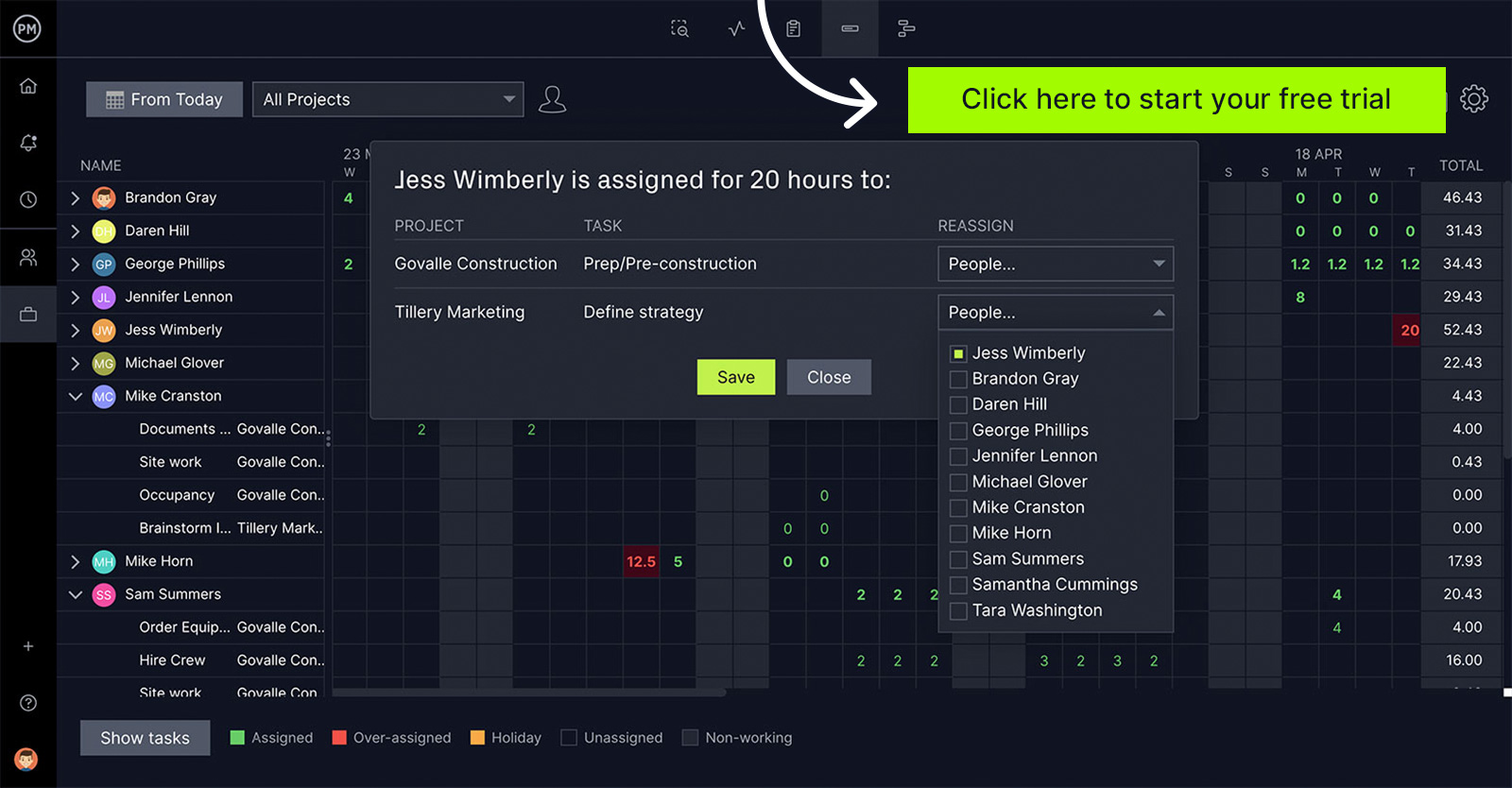
Who can be a project stakeholder? That’s a long list. Some examples are as follows.
- Project manager and project team members
- External customers
- Contractors and subcontractors
- Investors
- Suppliers
- Government agencies
There are two main types of project stakeholders: internal and external. Let’s see how they differ from each other and how the stakeholder management process works for each stakeholder group.
Difference Between Internal and External Stakeholders
Internal Stakeholders
An internal stakeholder is someone whose interest in the project is directly related to being a part of the organization that is managing that project. Internal stakeholders want to achieve the business goals and strategic objectives of the project. They can be project managers, team members, sponsors, owners or even investors in the organization.
External Stakeholders
External stakeholders are those who aren’t directly related to the organization, but they’re important to the business or are impacted by the project to some extent. These are usually part of the supply chain, creditors or public groups.
Related: Stakeholder Analysis Template
What Is Stakeholder Management?
Stakeholder management is a project management process that consists in managing the expectations and requirements of all the internal and external stakeholders that are involved with a project.
To do so, project managers need to create a stakeholder management plan, an important project management document that explains the stakeholder management strategies that will be applied during the project.
In addition, project managers use tools and techniques such as project status reports to facilitate the stakeholder management process through each phase of the project life cycle.
It must be noted that the term stakeholder management is not exclusive to project management, but can also be related to business administration. Stakeholder relationship management is as important for a small business as it is for large corporations, medium-sized companies and even non-for-profit organizations.
Similarly, both project management teams and businesses of any size can benefit from using a project planning software such as ProjectManager for stakeholder management. That’s because ProjectManager offers robust planning tools such as Gantt charts, kanban boards, calendars and task lists.
Pro tip: The project management institute (PMI) refers to stakeholder management as a “project management knowledge area.”
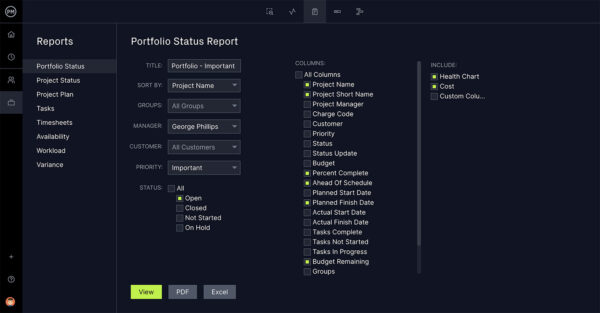
ProjectManager has stakeholder relationship management tools and team collaboration features—Learn more.
What Is a Stakeholder Management Plan?
As stated above, a stakeholder management plan is a project management document that identifies your project stakeholders and the strategies that you’ll use to communicate with them and meet their requirements.
A stakeholder management plan usually includes the following elements.
- A list of all your project stakeholders along with their basic information.
- A stakeholder map or power interest matrix.
- A stakeholder prioritization section.
- A stakeholder communication plan.
- A section describing the various stakeholder management strategies to be applied in different scenarios, such as conflict resolution or project status reporting techniques.
How to Make a Stakeholder Management Plan in 5 Steps
Even though each stakeholder management approach can be different depending on the needs of your project or business, there are some best practices to manage your stakeholder relations.
Follow these five steps to make sure all of your bases in the stakeholder management plan are covered.
1. Identify Your Stakeholders
The first step to any good stakeholder management plan is proper stakeholder identification. You can use our free stakeholder register template to identify project stakeholders and key information about them such as name, role, level of power and interest in the project, preferred communication methods and more.
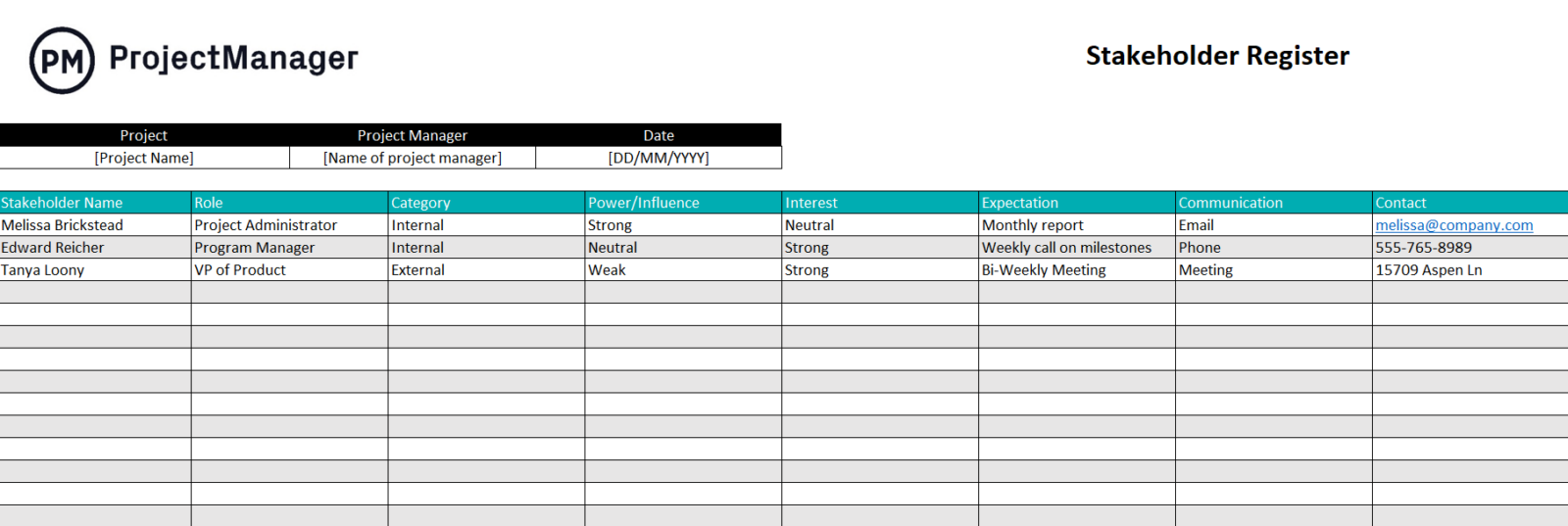
Stakeholder theory can help you better understand who your stakeholders are and how they’re affected by your project.
2. Prioritize Your Stakeholders
Note which key stakeholders are going to have a bigger influence over the project, and at which stage their influence becomes lesser or greater. You can use an onion diagram for the stakeholder prioritization process. Always keep an eye on your key stakeholder relations as they can have the highest impact in your project or business.
3. Interview Your Stakeholders
Working with new stakeholders can be tricky at the start. Knowing your stakeholders is key to effective stakeholder relationship management. Because of this it’s advisable to interview your project stakeholders, here are some examples.
- What are your expectations for this project?
- Which deliverables are you most interested in?
- What do you hope this project changes after launch?
- How quickly do you see this project rolling out?
- If you feel positively about this project, why?
- If you have worries about this project, why?
4. Create a Power Interest Grid
A power interest grid or project interest matrix is a chart that allows you to determine the level of power and interest that your stakeholders have in the project. It’s a very helpful project management tool for stakeholder analysis.
You can identify these four stakeholder groups using this tool. They’re listed by importance.
- High power, high interest stakeholders
- High power, low interest stakeholders
- Low power, high interest stakeholders
- Low power, low interest stakeholders
5. Set & Manage Expectations
Clearly identify which stages each key stakeholder will be involved in, and timelines by which their feedback is needed. Create a stakeholder engagement or stakeholder communication plan to define how you’ll manage your stakeholder relations. As always, be realistic, transparent and honest at every project management phase.
Project Stakeholder Management Video
Setting and managing expectations is perhaps the most important aspect of any stakeholder management plan. Stakeholders are invested in the project and will have a lot of opinions on how it should proceed, both good and bad. To learn more about how to manage stakeholder relationships, we’ve embedded a tutorial video below.
Stakeholder Management Process
1. Stakeholder Analysis
Stakeholder analysis is not a single step but a series of steps, stakeholder identification, stakeholder mapping and stakeholder prioritization. In simple terms, stakeholder analysis could be defined as the process of understanding who your project stakeholders are, what’s their level of influence and involvement, and their importance for your project or business.
2. Stakeholder Identification
Stakeholder identification is the first step in the stakeholder analysis process and it’s the base of your stakeholder management plan. As its name implies, this process consists in identifying all your internal and external stakeholders. Later these stakeholders will be analyzed, prioritized and engaged.
Here are some things project managers should consider during the stakeholder identification process:
- Review project planning documents such as your project charter to help you find stakeholder information.
- Look for any government regulations that might apply to your project. If so, those government agencies become project stakeholders.
- Ask your team members and other internal stakeholders for feedback.
- Identify all the people and organizations involved with your supply chain.
3. Stakeholder Mapping
Now that you’ve identified all your internal and external stakeholders, it’s time to determine their level of interest and the power or influence they have over the project. This is an important step in the stakeholder relationship management process, because this is when you’ll get the information needed for stakeholder prioritization.
The easiest way to do this is to create a power interest grid or power interest matrix. Try ProjectManager’s free stakeholder map template.
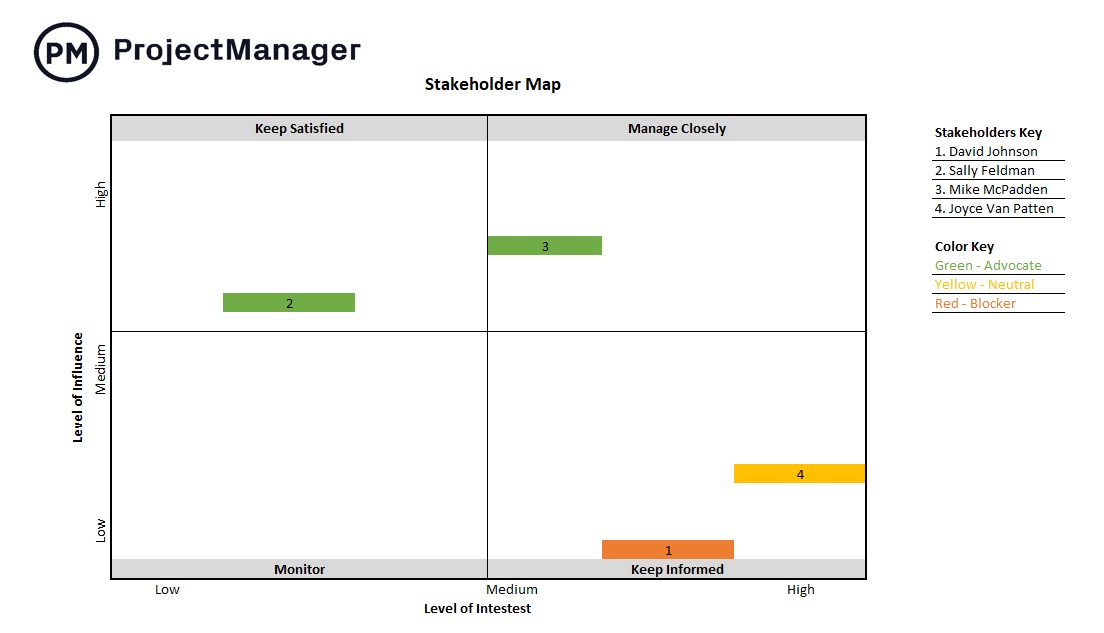
4. Stakeholder Prioritization
Once you have a thorough list, you can begin prioritizing your project stakeholders by their importance to the project. Decide who among them have the most influence on the project and are affected by it.
Once you’ve determined who your key stakeholders are, it will be easier to keep an eye on them and determine which are the best stakeholder management strategies to keep them satisfied.
5. Stakeholder Engagement
Finally, with the information created in your stakeholder map, you figure out how to engage your stakeholders. This is the process by which you decide how you’ll communicate and interact with your project stakeholders.
This leads to a stakeholder communication plan that outlines the channels and frequency of communications between you and each project stakeholder. You can use our communication plan template to get started.
How ProjectManager Helps with Stakeholder Management
Stakeholder analysis, stakeholder management and stakeholder communications can be complex. It’s like a project grafted onto the existing project, which can make things more difficult. Luckily, you can use project management software tools to help you with the stakeholder management process. ProjectManager is an award-winning project management tool that organizes your projects, teams and stakeholders to help you work more efficiently.
1. Make a Schedule
Managing stakeholders begins with a schedule to capture activities and provide a space in which everyone can add their input.
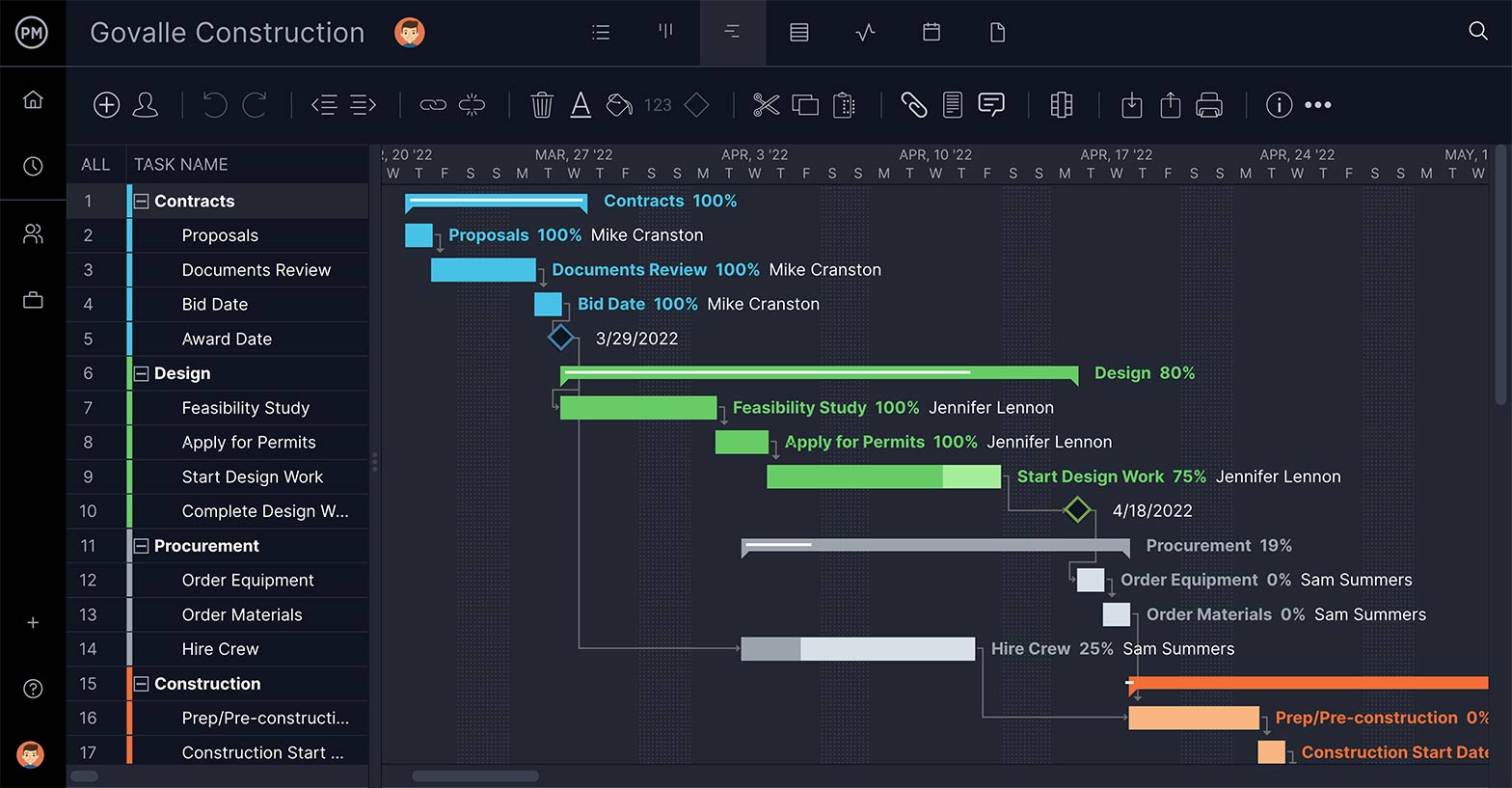
Use our interactive Gantt chart to present stakeholders with the project plan and schedule. It can be easily shared and acts as a collaborative platform in which they can be included.
2. Assign Work
The schedule is just an abstraction until it’s executed. That requires the team’s involvement. Stakeholders don’t need to be involved in these details, but they should be able to view it.
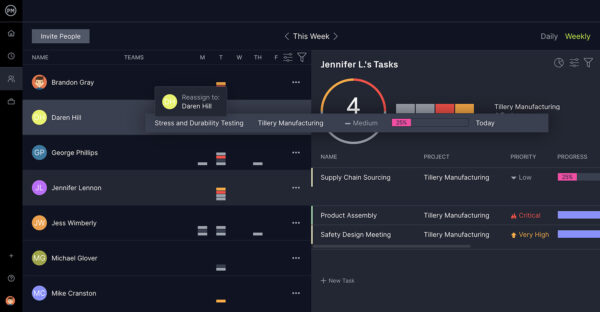
3. Monitor Progress
Stakeholders are very interested in how the project is progressing. They don’t need you to get in the weeds with them, but broad strokes are important.
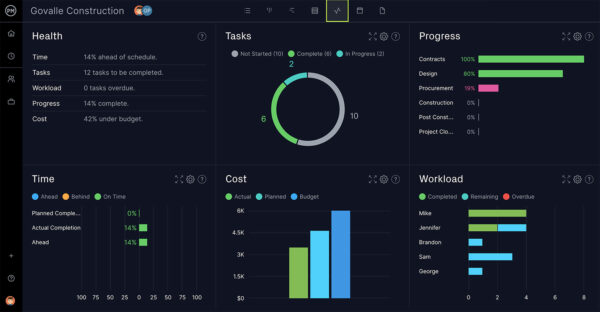
4. Balance Workload
Keep stakeholders happy by keeping your teams productive. You want to be able to monitor their workload and adjust it as necessary to keep them from burning out.
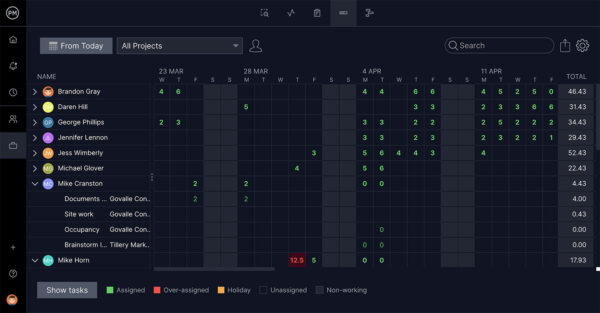
5. Print, Share, Gantt & Reports
Keeping stakeholders updated is the cornerstone of stakeholder management. You need a tool that gives you the flexibility to share data with stakeholders the way they want to get it.
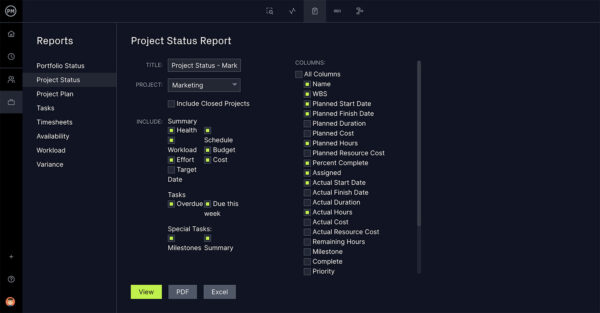
6. Manage a Portfolio
Stakeholders are not only involved with individual projects, they can be invested in a program of like-minded projects or even a portfolio. You need a project management tool that can scale.

Track projects, programs or a portfolio with tools that give an overview of all the projects on one page. There’s also a portfolio dashboard and roadmap to align your portfolio to strategic goals.
Stakeholder Management Templates & More
For more resources on project stakeholders and stakeholder management, we’ve compiled a list of links for you to explore and instruct you further on stakeholder management.
-
Visit our blog to find out the free stakeholder management templates we have for you.
- Engaging Stakeholders for Project Success White Paper
The Project Management Institute (PMI) has an informative white page on >stakeholder engagement and change management. It defines stakeholder engagement and offers a three-step approach that says you need to build a stakeholder map, prioritize and develop your project stakeholders. - Stakeholder Management Books
The Oxford University Press has a roundup of books on stakeholder theory compiled by stakeholder management professor Jeffery S. Harrison. Some of the best books on the topic are Strategic Management: A Stakeholder Approach by R. Edward Freeman, Stakeholder Theory and Organizational Ethics by Robert Phillips and
Redefining the Corporation: Stakeholder Management and Organizational Wealth by James E. Post, Lee E. Preston and Sybille Sachs. - Dealing with Difficult Stakeholders – Leadership & Management Training Video
Leadership coach Susanne Madsen hosts this instructional video on how to manage difficult stakeholders. She talks about seven tips to get past conflicts with stakeholder groups. You can do everything from accepting stakeholder authority without engaging in a fight you can’t win to tailoring your communications to keep things from getting too emotional. - Free Stakeholder Management Powerpoint
This Powerpoint presentation from Imperial College in London goes through stakeholder management, the power interest grid, an empathy map and stakeholder management log. It’s a short but informative slideshow that covers the main points in managing stakeholder relations for your project or business.
As stated above, stakeholder relationship management is as important for a small business as it is for large corporations, medium-sized companies and even non-for-profit organizations. See how ProjectManager can help you improve your stakeholder engagement by taking advantage of this free 30-day trial today.
Stakeholder Management Resources
Articles
Start your free 30-day trial
Deliver faster, collaborate better, innovate more effectively — without the high prices and months-long implementation and extensive training required by other products.
Start free trial